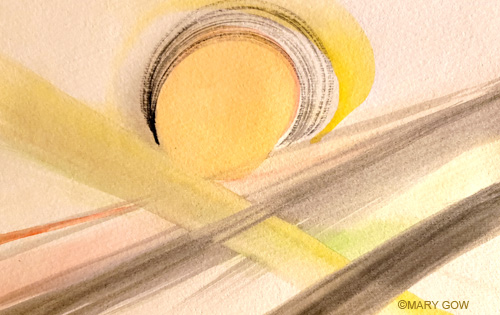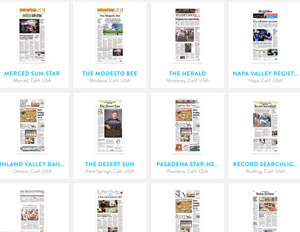
It’s gratifying to look at what I wrote a year ago and know that this year, my work reads better.
Last month = 37,217 words.
Two years ago I met up with a writer friend at a party and we agreed to touch base regularly to keep tabs on our progress.
That lasted a few months.
I had no problem being motivated to write each day. But I wasn’t ready to share it.
With anyone.
Over a dozen years ago I wrote a book for my master’s degree project.
I haven’t published it.
But I know I’ll publish several books.
In time.
It may not be the time line suggested in a course I’m taking on how to become a bestselling writer.
It may not be the timeline of notable inspirational writer/coach suggested in a consulation at a writer’s conference.
Even though I’ve had plenty of reasons to publish my essays, I haven’t . . . yet.
Sometimes I feel there must be something wrong because I write so many words each day. But I KNOW I will be publishing my books. I know.
My writing was first appeared in 1980 in the Dallas Morning News. I was working the Features Department and I got to write about upcoming events.
When I was 35 the Austin American-Statesman published a 2,000 word article I wrote for the cover of their Feature section.
Most recently, a few years ago I wrote features about local artists for the New Bernal Journal, then a local paper in San Francisco.
Today I found an essayist whose opinion resonated with me! And experience of being published “later” did too.
I didn’t pitch or publish my first piece online until I was 30 or 31.
I think it’s useful for everyone, no matter what stage of their career they’re at, to know it’s okay to write for yourself first—sometimes only for yourself. There are going to be things that you might need to work out on the page, alone, before you’re ready to share them more widely. I don’t think there’s always a rush. It’s okay to take the longer voyage.
– Nicole Chung
https://www.theatlantic.com/entertainment/archive/2018/10/nicole-chung-e-b-white-and-writing-all-you-can-ever-know/571879/
Who’s to say what the “right” time is to put your work out there?
Friends can give you ideas of when.
Coaches can help you stay on course.
Writer’s groups can give you feedback.
But in the end . . .
You know when the time is right.



